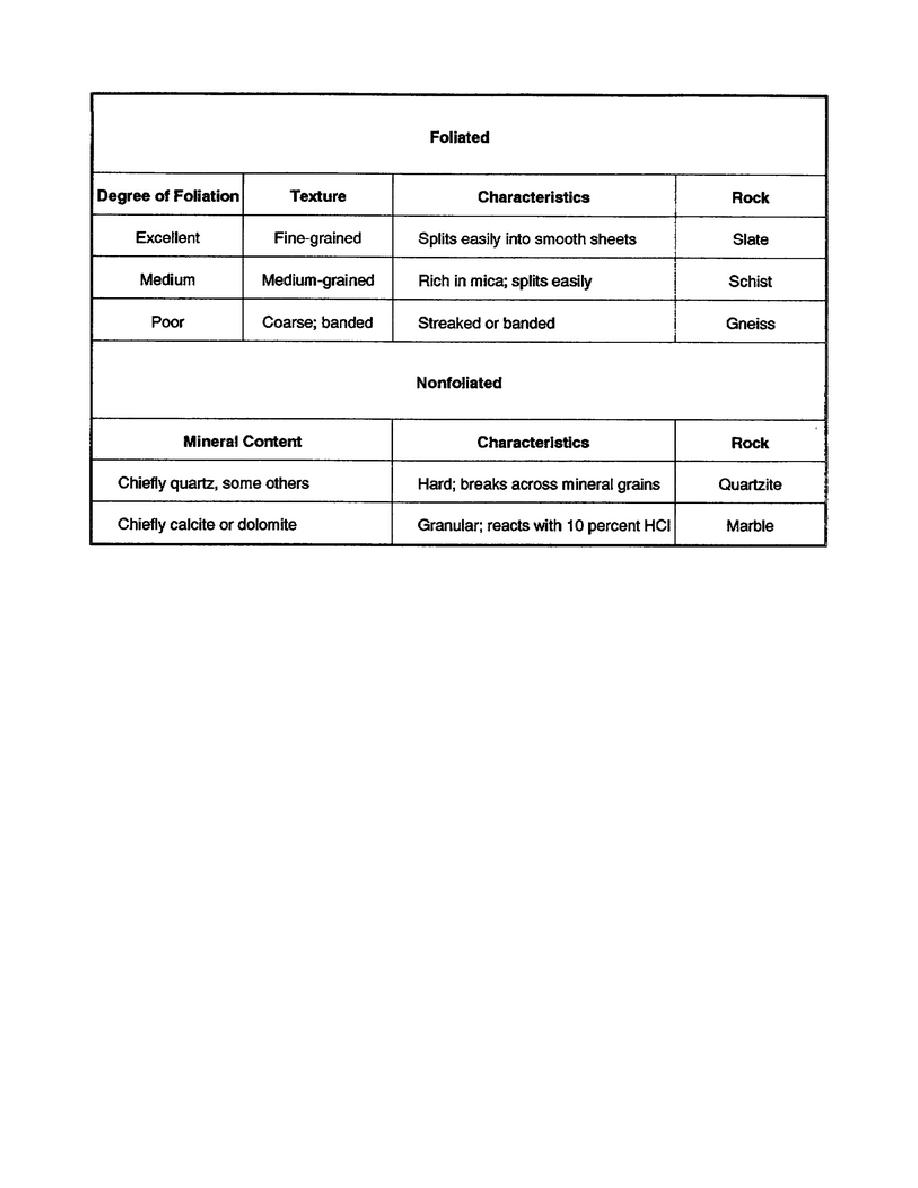
Figure 1-18. Classification of metamorphic rocks
Drainage Developed on Slate. The thin foliations so characteristic of the structure of slate
provide planes of weakness that control the drainage system in areas underlain by this rock type. Therefore, slate
tends to develop fine-textured, rectangular dendritic drainage patterns. Numerous short, parallel gullies are
common, indicating relatively impermeable bedrock and large amounts of runoff.
Vegetation in Areas of Slate. Vegetation on slate in humid environments consists mainly of
forests. Due to the rugged topography and a lack of residual soil cover, there is little to no vegetation present in
arid regions.
(b) Engineering Properties of Slate. Slate is a hard, dense homogeneous rock that is valuable as a
roofing and tile material. Because of its poor crushed shape and low resistance to splitting, slate is unsuitable for
aggregate or building stone; therefore, it is not considered to be a good construction resource. Because slate is
often interbedded with anthracite coal, open-pit mining is common in these regions.
(2) Schist. This is a medium-grained rock formed from an intermediate degree of metamorphism of
either igneous or sedimentary rocks. A moderate to high degree of foliation may be observed in schists, since
they readily flake into thin sheets. This is because they are composed of alternating layers of different minerals,
such as mica and feldspars. Schists in humid climates generally exhibit a uniform light gray photo tone on aerial
photographs. Schists also display predominantly light tones in arid climates, although banding may also be
evident. If banding does occur, the bands are parallel, but they do not follow topographic contours.
1-31
EN5341



 Previous Page
Previous Page
